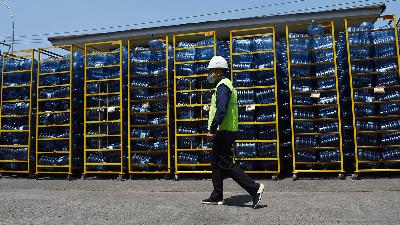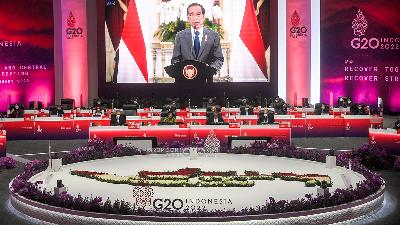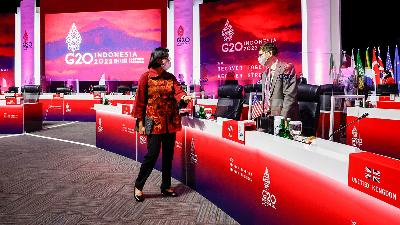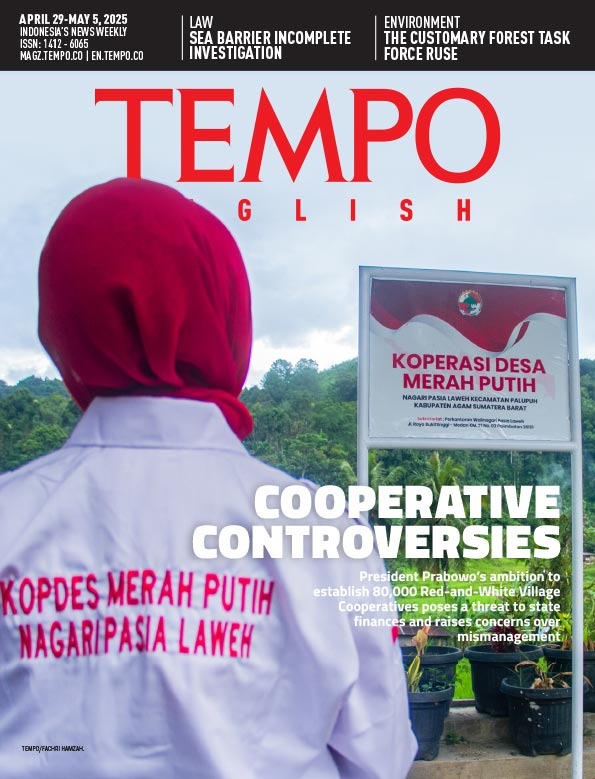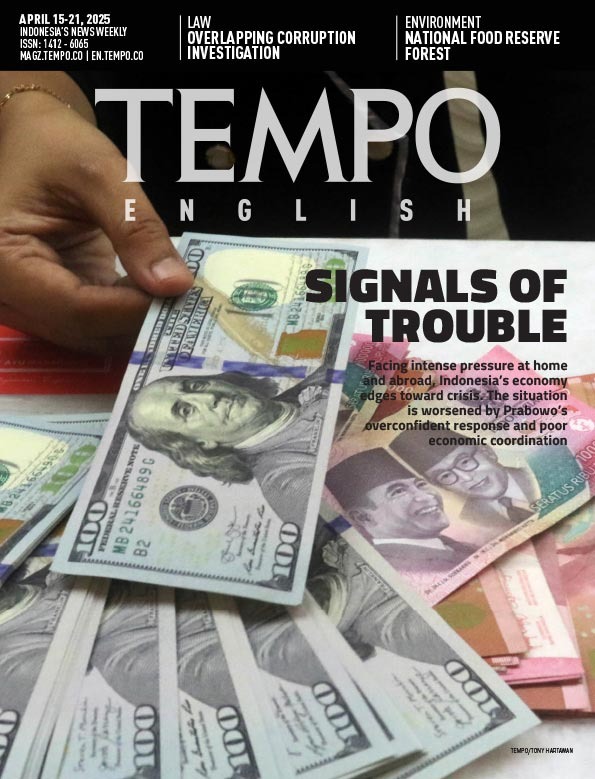The Implementation of SDGs in Formula E
Monday, May 9, 2022
Sustainability strategies in racing sport will be aligned to four pillars of sustainability.
arsip tempo : 174602483684.
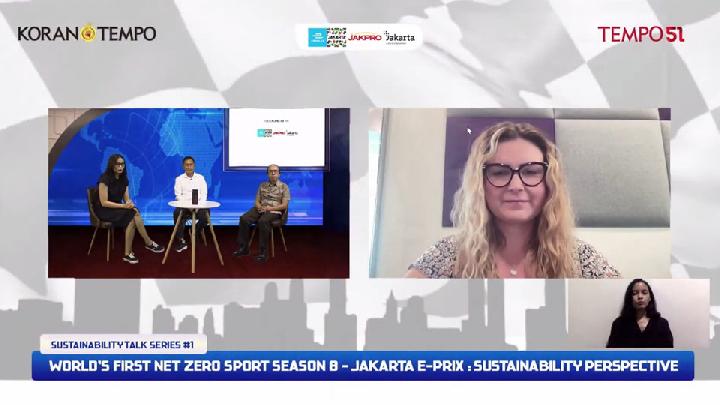
Formula E that will be held on June 2022 is not only about racing on e-Prix Circuit in Ancol, North Jakarta. The electric car race is going to apply sustainability principles in accordance with the sustainability development goals (SDGs).
“Long-term sustainability value is the core of Formula E. It can be achieved through comprehensive sustainability strategy and more specific sustainability target in every part of this race,” said Senior Sustainability Manager FIA Formula E, Iona Neilson, in a webinar held by Tempo and Jakpro entitled “Net Zero Emission Race, Worlds First: Season 8 – Jakarta e-Prix: Sustainability Perspective” at the beginning of the week.
Iona explained that the race sustainability strategy will be aligned with four pillars. First, the race have advantages for environment by harmonizing the carbon emission and its impact to climate change. In this pillar, Iona must focus on the monitoring, measurement, and reduction of environmental impact from Formula E.
“This also includes leading on the carbon footprinting of the championship, which covers our Net Zero Carbon strategy and ensuring we remain a carbon neutral sport which contribute towards Formula E progressing against the target of a reduction in carbon emissions of 45 percent collectively by 2030,” she said.
The second pillar, she added, is the social development aspect. This event can form a various and sustainable community from the host cities of Formula E.
Moreover, the third pillar consists of leadership and innovation. Iona stated that to reinforce the brand reputation, leadership, and credibility, Formula E adopts the best internationally recognized standards for sustainable event management.
Meanwhile, the fourth pillar is creating value through values. “To enhance the continuity and reputation of the team and partners, we develop sustainability campaigns and activations.”
Iona explains there is an environmental compliance element which ensures Formula E is operating in line with all relevant environmental standards/laws and regulations.
“This includes various certifications and accreditations, such as ISO 20121, the international standard for sustainable events, and FIA’s Three-Star Environmental Accreditation,“ Iona said.
She continued, “We are audited a number of times each season to ensure we remain compliant with the standards and it is my role to continue to improve on our approach of embedding sustainability into our events.”
Vice President Infrastructure & General Affairs OC Jakarta E-Prix 2022, Irawan Sucahyono, said that the sustainability implementation of this event is not only from the vehicle, but also from small elements.
“For example, we no longer sell foods with Styrofoam containers and urge people to bring their own tumbler,” he stated.
Through Formula E, the effort to spread the awareness is closely related to zero emission and sustainability campaign. Unlike conventional race that only presents a show, Formula E provides three elements, which are show, eficiency, and sustainability.
“The race relies on electric power so it will be cleaner, more efficient, and creating a more sustainable event management.”
According to Irawan, Formula E is the future of green motocross. “It’s very likely that one day all kind of race will be like this one,” he added.
Besides, many hopes that Formula E can encourage people to use electric vehicles. “Use this momentum to grab the market so that the green technology and green economy can be adopted and be succeed,” said Executive Director Joint Committee for Leaded Gasoline Phase Out, Ahmad Safrudin.
The use of electric vehicle, he continued, will contribute three advantages for the nation. First, we get the economic advantage up to Rp9,603 trillion in 2030 gained from the fossil fuel saving.
Second, the reduction of air pollution and greenhouse gasses by 100 percent in 2030. “Third, it will boost the growth of green economy from the automotive sector,” said Ahmad.




